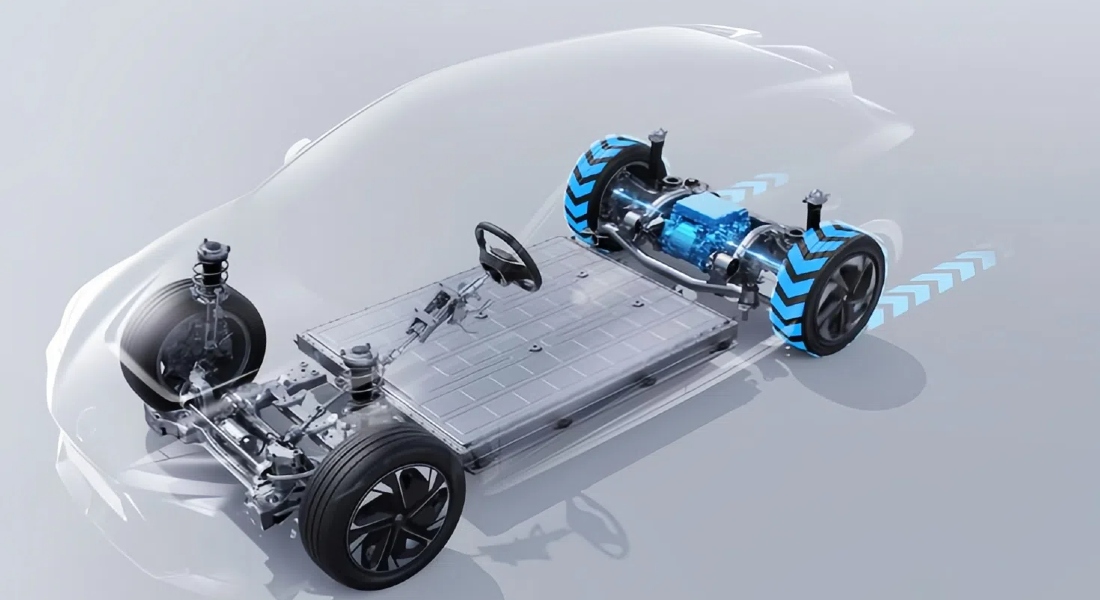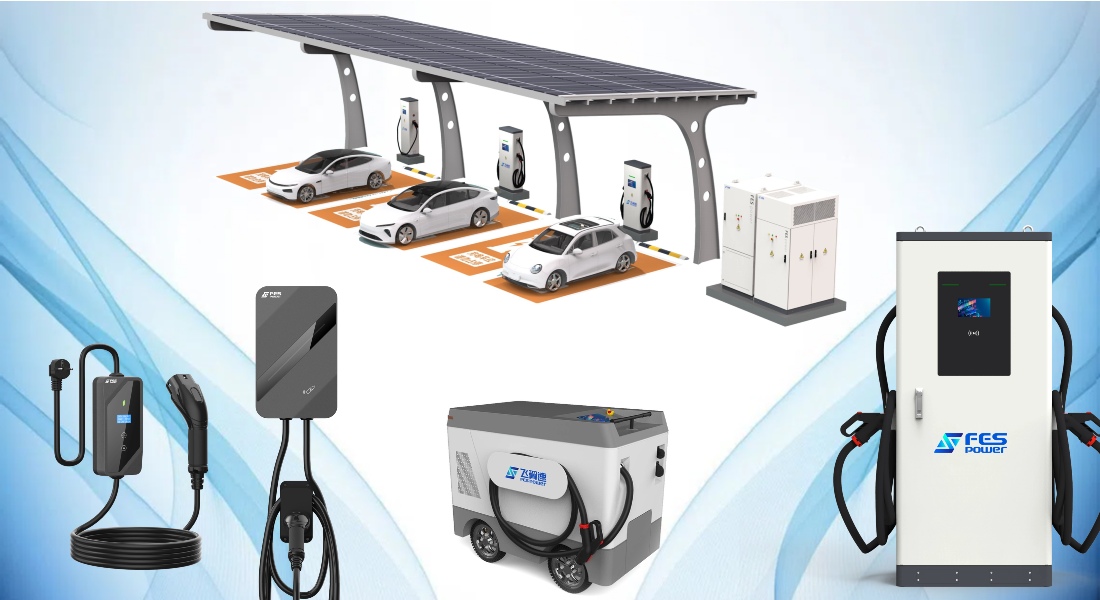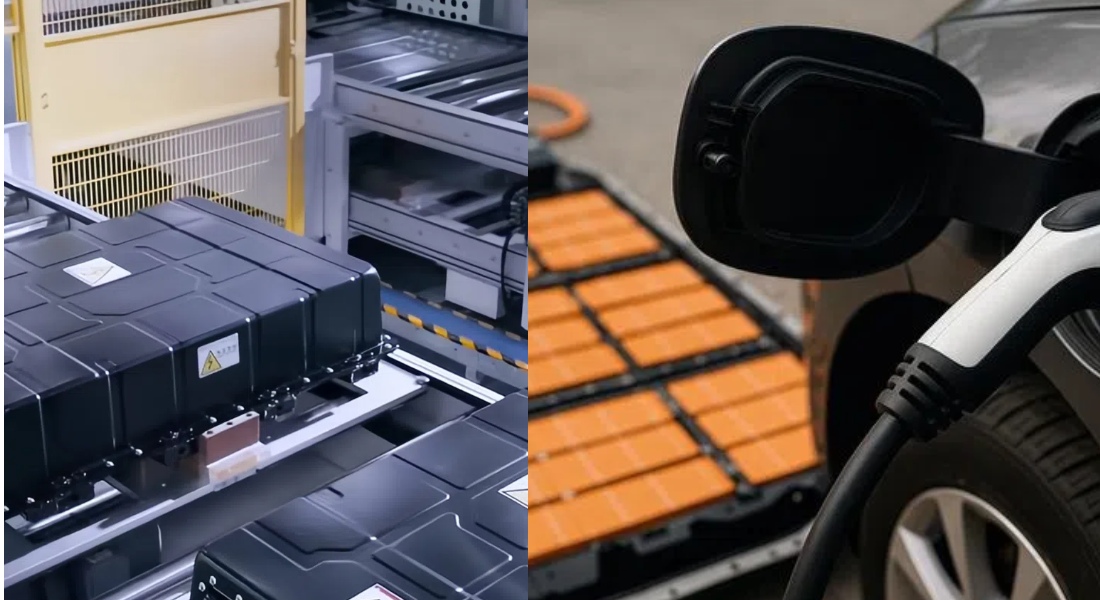❓Why Is the Industry Talking About “Swap vs. Charge”?
As electric vehicle (EV) adoption accelerates, the competition between battery swapping and fast charging has become a key topic in the EV ecosystem. Battery swapping offers rapid energy replenishment within minutes, while fast charging continues to evolve toward higher power and smarter management. Instead of a simple “either-or,” the industry is now moving toward a hybrid strategy—a layout that integrates both charging and swapping to meet diverse mobility demands.

🤔What Are the Core Advantages of a Mixed Layout?
A hybrid model allows cities and operators to balance speed, cost, and flexibility. In urban centers with high EV density, swap stations ensure rapid turnover for taxis and fleets. Meanwhile, fast-charging stations—especially DC chargers and solar-storage-integrated systems—serve private users and long-distance drivers. This approach optimizes energy use, reduces grid pressure, and enhances user accessibility.
🧾How Does FES Power Support the Mixed-Energy Transition?
FES Power offers a full spectrum of charging solutions that perfectly fit the hybrid deployment model.
⭐️Portable chargers (3.5–7 kW) provide flexibility for personal and emergency use.
⭐️Wall-mounted AC chargers (7–22 kW) enable convenient home or workplace charging.
⭐️DC fast chargers (120–160 kW) ensure quick energy replenishment for commercial use.
⭐️Solar-storage superchargers (150–480 kW) integrate renewable power for sustainable operations.
⭐️Mobile power units (46–60 kW) deliver on-demand backup energy for swap or event sites.
Together, these solutions empower operators to design customized, efficient energy networks that combine both charging and swapping advantages.

⁉️Can Hybrid Layouts Ease Infrastructure Pressure?
Yes. A combined system reduces the strain on the grid by distributing energy loads. Swap stations can serve fleet vehicles during peak hours, while FES Power’s fast chargers can operate during off-peak times with intelligent scheduling. The integration of energy storage also allows renewable generation to play a larger role in charging networks, supporting stable power delivery and cost optimization.
🌍What Will the Future of EV Energy Networks Look Like?
In the next few years, we’ll see more co-located swap and charging hubs, especially near logistics centers, highways, and urban transportation corridors. The winners will be those who create flexible, scalable, and data-driven infrastructure ecosystems—exactly the direction FES Power is advancing toward.

By combining smart charging technology, modular design, and clean energy integration, FES Power is helping global partners build the next generation of hybrid EV infrastructure—where swapping and charging coexist, complement, and accelerate the journey to full electrification.Please click https://www.fescharging.com/ to learn more.